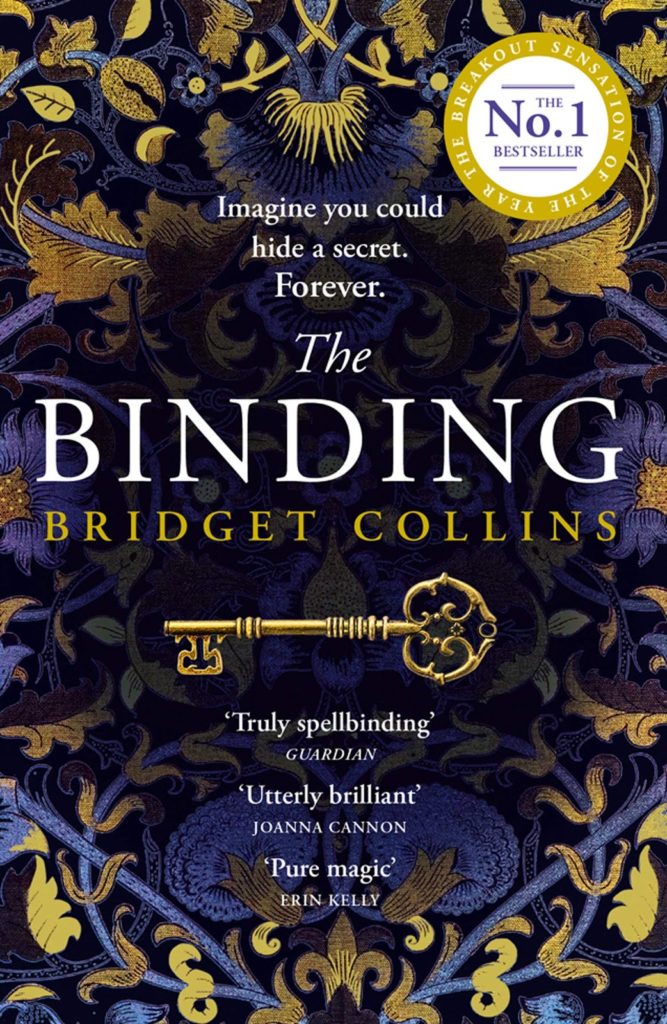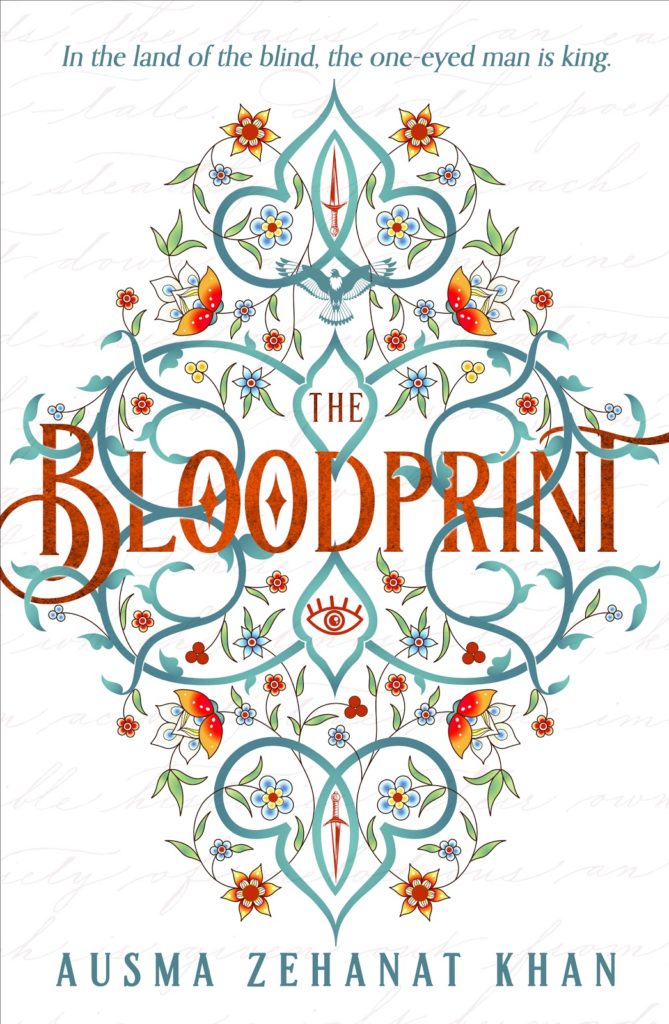Many authors think of their books as their “babies.” Following this metaphor, it’s not too big of a stretch to think of the publishing freelancers you hire as co-parents. Their job is to help you develop your book into the most successful version of itself, after all!
So it’s no wonder that the prospect of bringing a collaborator on board — be it an editor, designer, or marketer — can feel a little daunting. And yet, without the input of an experienced freelance professional, you run the risk of not realizing your book’s full potential.
As a publishing marketplace, we at Reedsy feel fairly well-equipped to address such concerns. Which is why this post covers four main tips for how to successfully find and work with a freelance publishing professional!
Choose a freelancer whose experience matches your needs
Any freelance professional you consider working with should be able to supply you with a portfolio that lists previous projects and gives you a sense of their specialities.
Let’s say you’ve written a fantasy book and know you want to go the intricately illustrated, eye-catching-typography route. A quick glance at the illustrious portfolio of Micaela Alcaino, former Senior Designer at HarperCollins, will reveal the following covers and let you know you’re on the right path.
Or perhaps you’re looking for a professional to fine-tune the structure of your historical romance novel. You’ll want to work with a developmental editor with experience in those genres, such as Megan Records, an editor who’s worked on novels like Mary Jo Putney’s regency romance, No Longer A Gentleman, or Bedding the Enemy by Mary Wine — a historical romance that takes place in the Scottish Highlands.
Authors are frequently reminded that the job of an effective book cover is to tell readers about its genre and reveal important story elements. And a freelancer’s profile should do the same, letting writers know what they can expect. So make sure you use portfolios as a tool to find freelancers with relevant experience.
Remember, the more you can clearly define what your book is and what it needs, the better equipped you are to find the right person to do the job.
Pro tip: on Reedsy, you can search our marketplace of publishing freelancers by keyword. Make sure to take advantage of that to find the editors, designers and marketers who’ve worked with the biggest names in your genre!
Have a clear brief or outline for the freelancer
Many authors rely on the expertise of freelancers to point them in the right direction when it comes to various publishing services. And that’s okay: it makes sense to listen to the feedback of an experienced professional. If they tell you splashy titles in red type are a current trend for thriller covers, consider red type. If an editor explains that you might benefit from a structural edit more than a copy edit, consider their advice. That being said, you should definitely put in due diligence before starting a collaboration so that you don’t go in entirely green.
Research the different types of editing to pinpoint which one your manuscript needs the most. Peruse genre-relevant shelves at a bookshop to identify what trends or elements your cover design will need. Brush up on the basics of launching a book so you can approach freelance marketers with a sense of your desired goals. In other words, put together a brief or outline that details what you’re looking for. And if something stumps you while composing the brief, elaborate on that! Again, your freelancer should offer a guiding hand in choosing the right path for your book.
While authors hiring an editor or marketer should still consider their expectations beforehand, briefs are especially important when hiring a designer. If you hire a freelance designer through Reedsy, you will be supplied with a brief template you can simply fill out. Otherwise, you can check out these tips for writing a comprehensive brief.
Communication with your freelancer is key
If forced to choose between completing a project independently or with someone hovering over your shoulder the whole time, most of us would pick the former. But there’s a sweet spot somewhere in the middle that will work best for both you and your freelancer.
If you’re constantly checking in to ask how things are going, the freelancer might feel micromanaged. You’ll also be taking up a lot of their time that could be spent perfecting your book! Then again, the definition of a collaboration is working with another person to produce something. So there has to be some communication involved.
Checking in every 3-5 days (or once a week for longer-term collaborations) is generally a good rule of thumb. If the project is something teamwork-intensive, such as marketing, you might talk slightly more. If it’s something more independent, like a developmental edit, you might hear from the editor less in the early stages while they’re still reviewing your book.
As well as frequency, something else to keep in mind when it comes to communication is where it’s taking place. Try to keep most of your communication in one place instead of juggling between several messaging platforms. That will make finding previous messages and files much easier to find.
If you hire a freelancer through Reedsy, we highly recommend you keep all written communication on there. Not only will it help with record-keeping, it’ll also give you access to our “Project Protection” should anything go sour.
Speaking of which…
Know your options if things go sour
One of the benefits of hiring a freelancer through a marketplace like Reedsy is you will have mediators to help you if your collaboration goes sour. For example, if the freelancer you hire becomes unresponsive or starts delivering things late — a likely scenario in pandemic times, or if you have a falling out with them, you can reach out to the Reedsy support team.
Our mediation team will first encourage clients and freelancers to work out their issues together — we’ve found that in 90% of the cases, an amicable resolution is achievable if parties manage to put aside their emotions and egos. If this is not possible, the author can submit a formal report through the Reedsy platform. Our team then reviews the report, discusses the issues with both parties, and works to reach a fair resolution in accordance with our Terms of Use.
Other legitimate sites for hiring freelancers should also have a process in place for dispute arbitration — but this is something you should look into before hiring anyone.
If you decide to hire a freelancer independently, the responsibility of handling any such issues falls to your shoulders. So you’ll want to ensure the contract you draft up includes a section on the consequences of late, incomplete, or unsatisfactory work.
Since cover design collaborations generally happen in several rounds (first round of concepts, iterations, second round of concepts, etc.), a common clause in these contracts is the “kill fee”. Basically, it allows you to put an end to the collaboration at any time by paying that kill fee. It’s particularly useful if the designer comes back with a first round of concepts you really don’t like, and don’t want to take things further or give them another chance.
The good news is, if you follow all of our tips above, the chances of one of your collaborations going sour are extremely low. And if you hire that professional through Reedsy, you’ll have the extra cover of our Project Protection!
Have you hired publishing freelancers? What tips do you have for a rewarding collaboration experience?
Ricardo Fayet is a co-founder of Reedsy, an online marketplace connecting authors with the best editorial, design, marketing, and translation talent.



